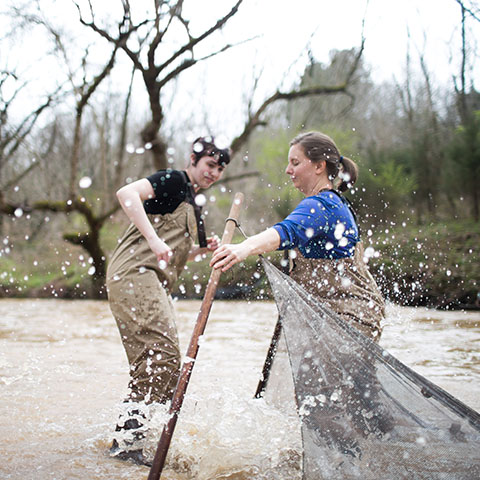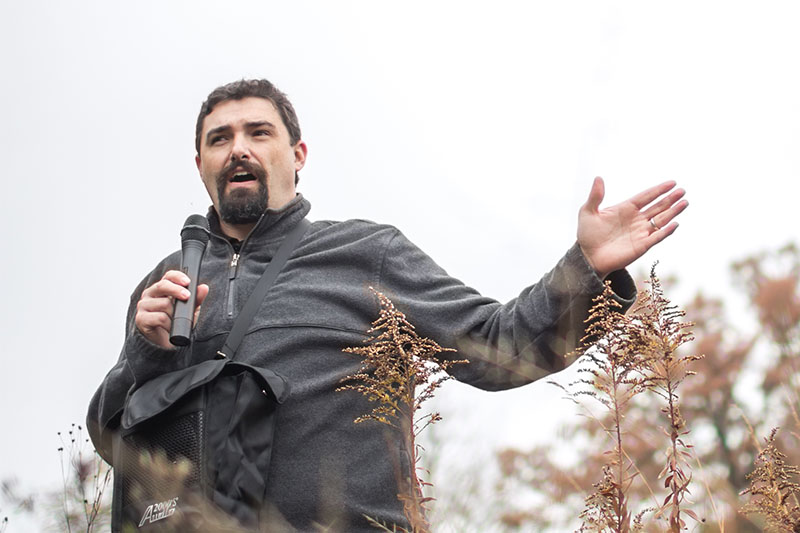Mission Statement
To educate students to become competent, confident, and compassionate individuals within their chosen careers. The Department of Biology faculty are committed to providing instructional and research experiences for students to develop skills of inquiry, abstract and logical thinking and critical analysis of natural science phenomena. The Department is also committed to meeting the needs of students by providing an array of professional, pre-professional and academic tracks.
Vision Statement
The Department of Biology's vision is to prepare students for entrance into the scientific community as responsible, productive professionals, capable of effective communication in both oral and written form.
Facilities
The Department of Biology is housed in the Sundquist Science Complex. On-campus laboratory facilities support teaching and research in such diverse areas as endocrinology, taxonomy, physiology, molecular biology, genetic engineering, aquatic biology and toxicology, cytogenetics, mycology, bacteriology, and parasitology.
The Department of Biology supports Highlands Biological Station located in Highlands, North Carolina by being a member of the HBS consortium of universities and colleges. Undergraduate and graduate students are encouraged to take courses and conduct research at the station.

